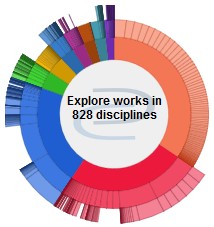Immigrant Location Decisions and Outcomes
Document Type
Article
Publication Date
2003
Publication Title
IJED Articles
Abstract
The majority of the latest wave of immigration has gone to only a handful of the largest U.S. metropolitan area. The robust economic performance of these “immigrant centers” has sparked a debate about merits of attracting foreign-born immigrants as part of a strategy to stem population loss and spur economic growth in economically lagging metro areas. However, any policy decisions require a better understanding of the nature and spatial implications of immigrants’ location decisions. We employ a non-linear model that uses two key individual location decision factors to predict the distribution of foreign-born citizens among metropolitan areas at three (U.S. Census) points in time: 1980, 1990, and 2000. The model guides an examination of the consequences in time of spatial distribution of immigrants based on the assumption that location decisions are driven by concentrations of co-ethics more than employment opportunity.
Repository Citation
Kaufman, Sanda; Olson, William; and Kaufman, Miron, "Immigrant Location Decisions and Outcomes" (2003). Physics Faculty Publications. 287.
https://engagedscholarship.csuohio.edu/sciphysics_facpub/287
Volume
5
Issue
3

